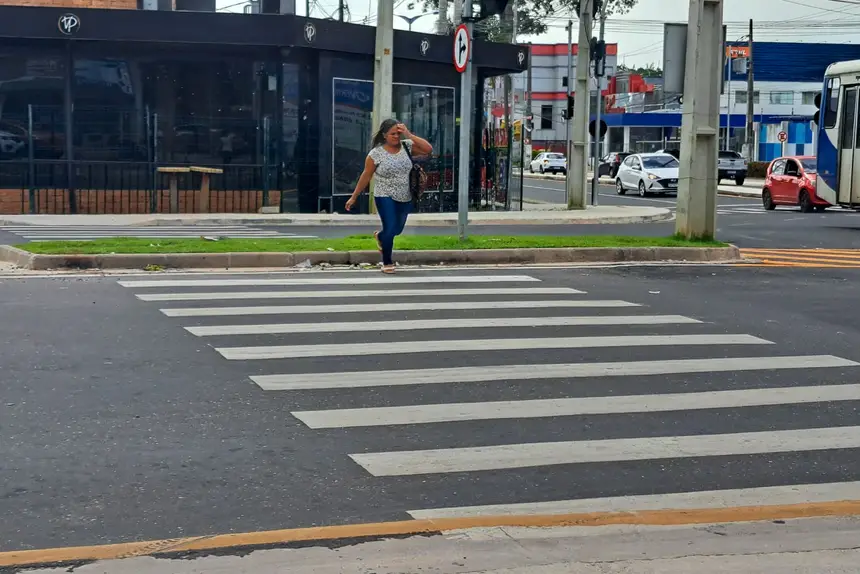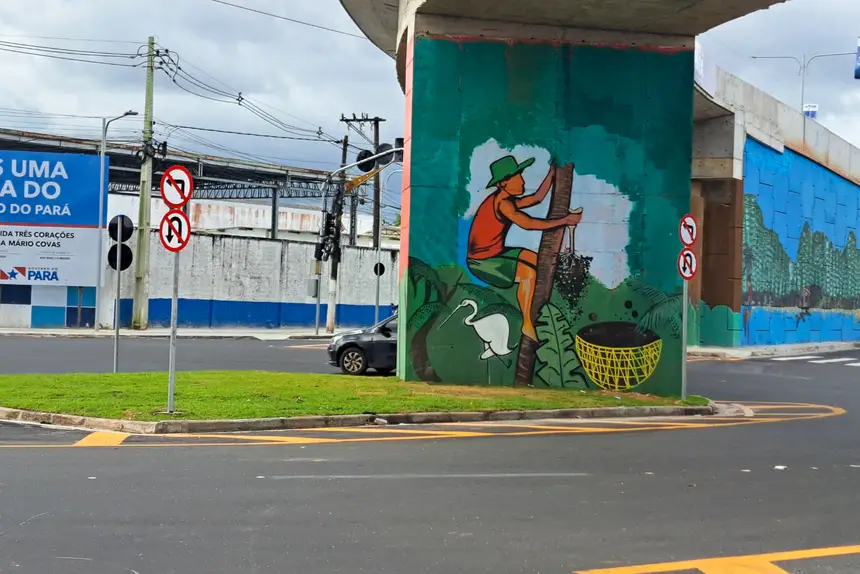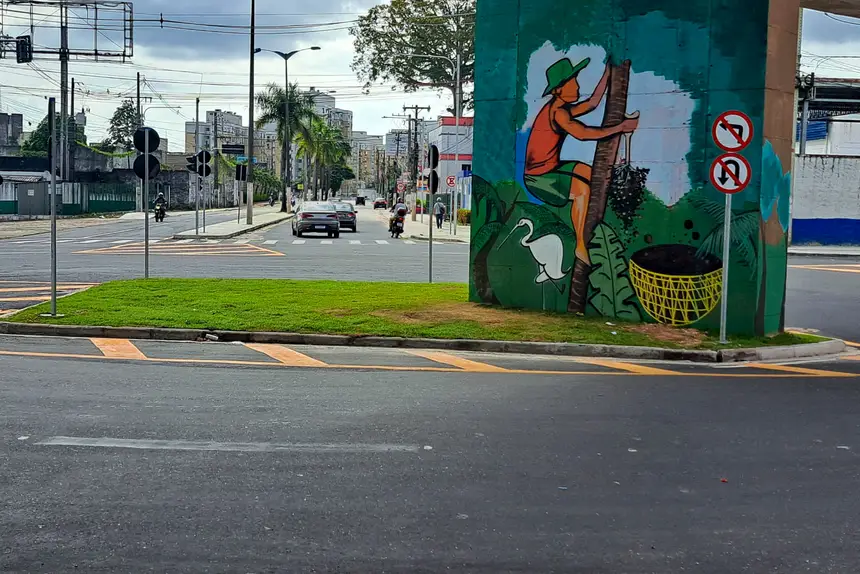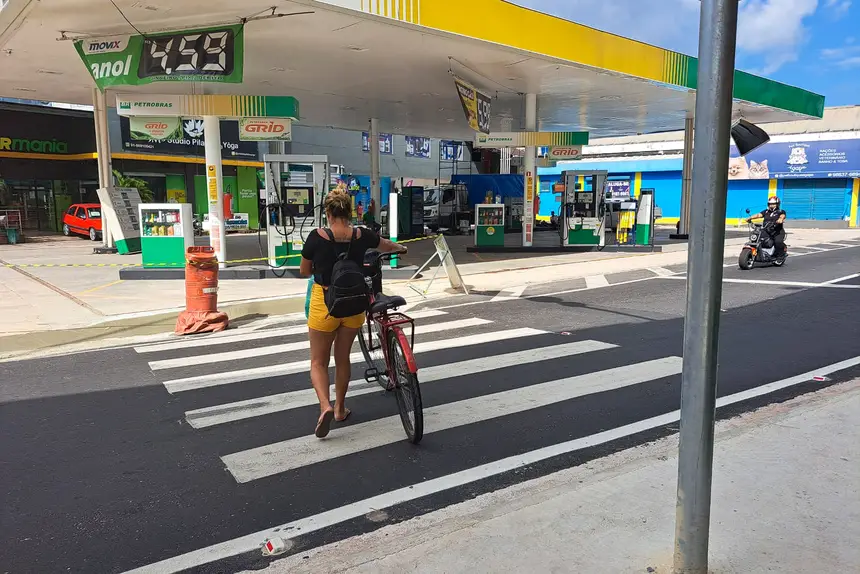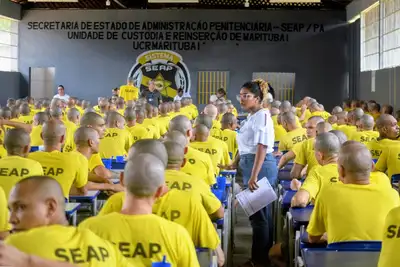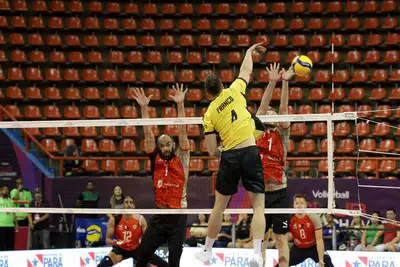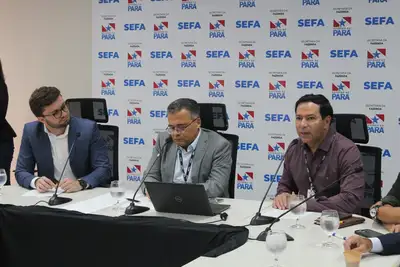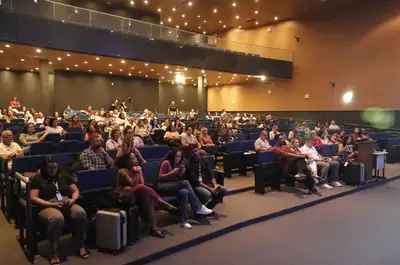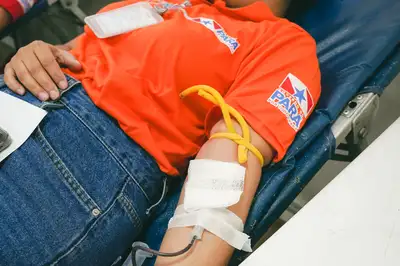Detran strengthens signage in the area of the viaduct of Avenida Mário Covas with Três Corações
Drivers should pay attention to the guidance of not turning left anymore and returning only under the viaduct

The new viaduct of Avenida Mário Covas with Três Corações, in Ananindeua, was delivered last month by the State Government to improve urban mobility in a strategic area of the municipality marked by intense movement of vehicles and people. To ensure greater fluidity and safety for drivers and pedestrians, the State Traffic Department (Detran) reinforced the vertical signage in the area and reduced the traffic light timing.
The technical-operational director of the agency, Bento Gouveia, explains that adjustments are constant in engineering works of this magnitude and aim to improve traffic on the roads benefited by the work. According to him, before the viaduct, the intersection of the two avenues had up to four traffic light phases, which increased the waiting time for vehicles to pass.
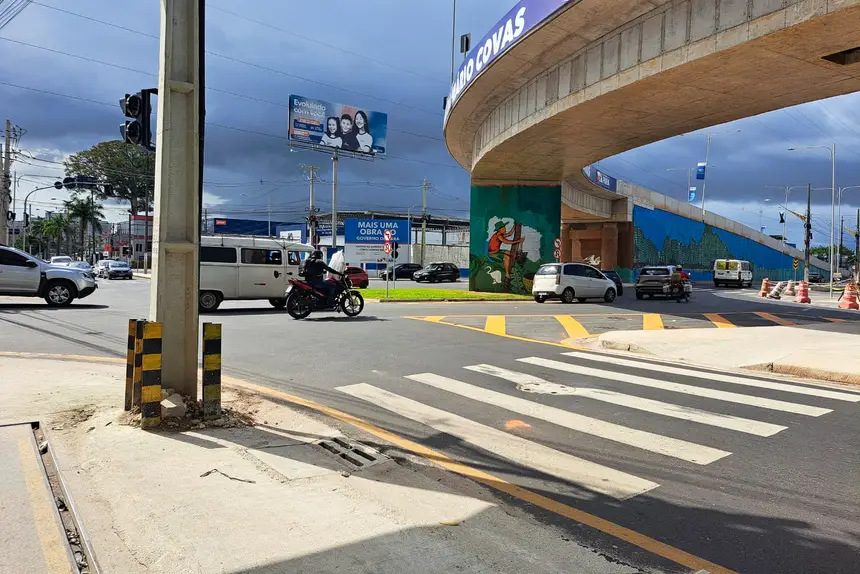
“Today, we have a two-phase traffic light with movement restrictions, which organizes traffic. In addition, pedestrians now have safer conditions to cross,” highlights Bento Gouveia.
Since the delivery of the viaduct, Detran has been making these adjustments, first in the central island to provide more agility and understanding of the allowed and prohibited movements at the intersection. Subsequently, the traffic light was necessary to ensure safety for pedestrian crossings, and simultaneously, the implementation of two to three sets of signage was carried out, reinforcing guidance on prohibited turns.
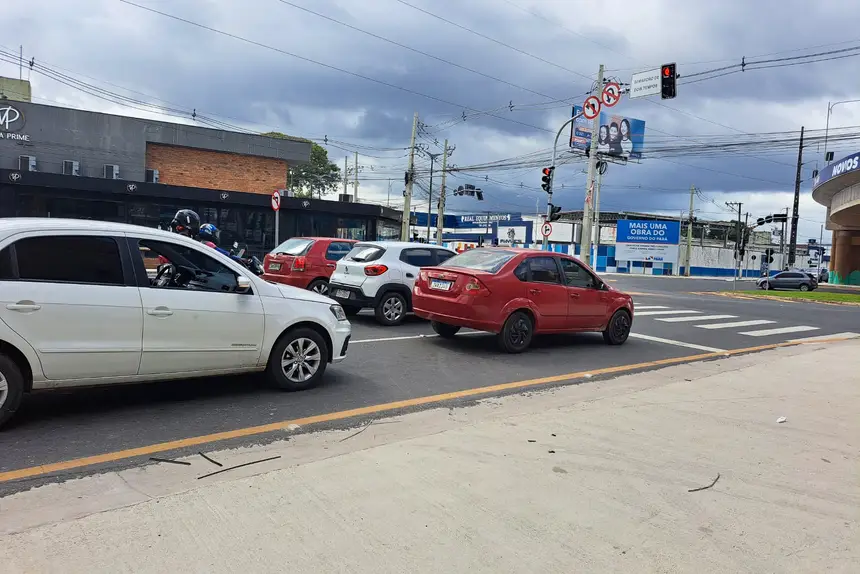
Alongside these initiatives, Detran has been providing all on-site guidance through inspection agents with the main goal of situating drivers who pass through the area daily and thus avoiding accidents. “The agents stopped drivers to talk and guide them on how this new dynamic of that intersection was unfolding and also about the signage that was being reinforced for greater comfort, safety, and speed at the intersection, avoiding long waits and unnecessary turns,” details the director.
The guidance is for drivers to pay attention to the signage and avoid prohibited and dangerous turns. U-turns under the viaduct and left turns on both Mário Covas and Três Corações, for example, are no longer allowed.
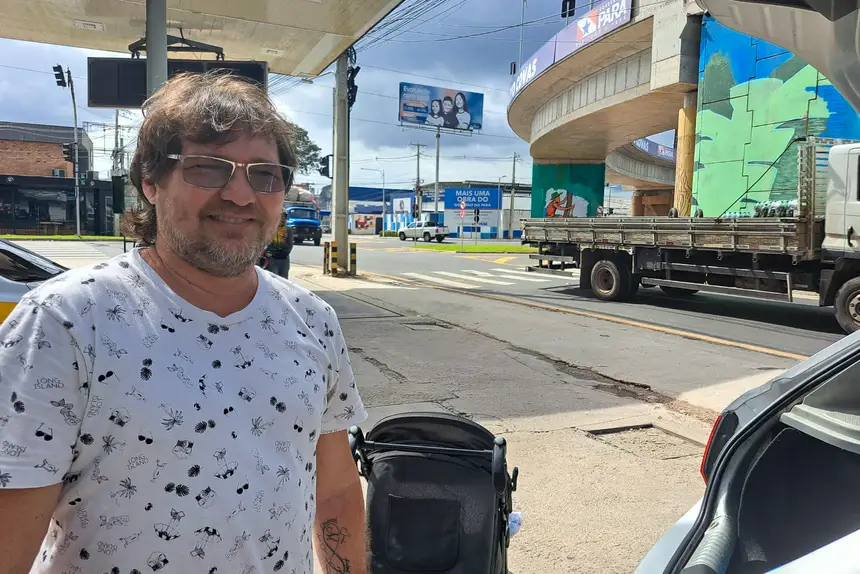
Those who travel through the area daily recognize the improvements that the viaduct is providing, especially for those leaving Cidade Nova for the BR. "There is no longer that long wait as before. The exit from Cidade Nova to the BR and the entry into Cidade Nova via Jaderlândia has improved, but we notice that drivers still disrespect the signage. This reinforcement of the signs has certainly made them more visible and will improve safety. Over time, drivers will adapt to the changes," evaluates Professor Denis Torres.

For pedestrians, safety has changed one hundred percent compared to what it was before the viaduct. Deusirene Pinto lives near Praça da Bíblia, in Cidade Nova, and works in a restaurant on Avenida Três Corações. She makes the journey daily by bicycle, but the fear of being run over is no longer the same. "For us, everything has improved because before there was no crosswalk and the alternative was to cross running or waving to cars to stop, but even then it was bad because most do not stop. And now that is no longer the case, because with the traffic light and the crosswalk they have to respect it, and we can cross safely," she assures.


